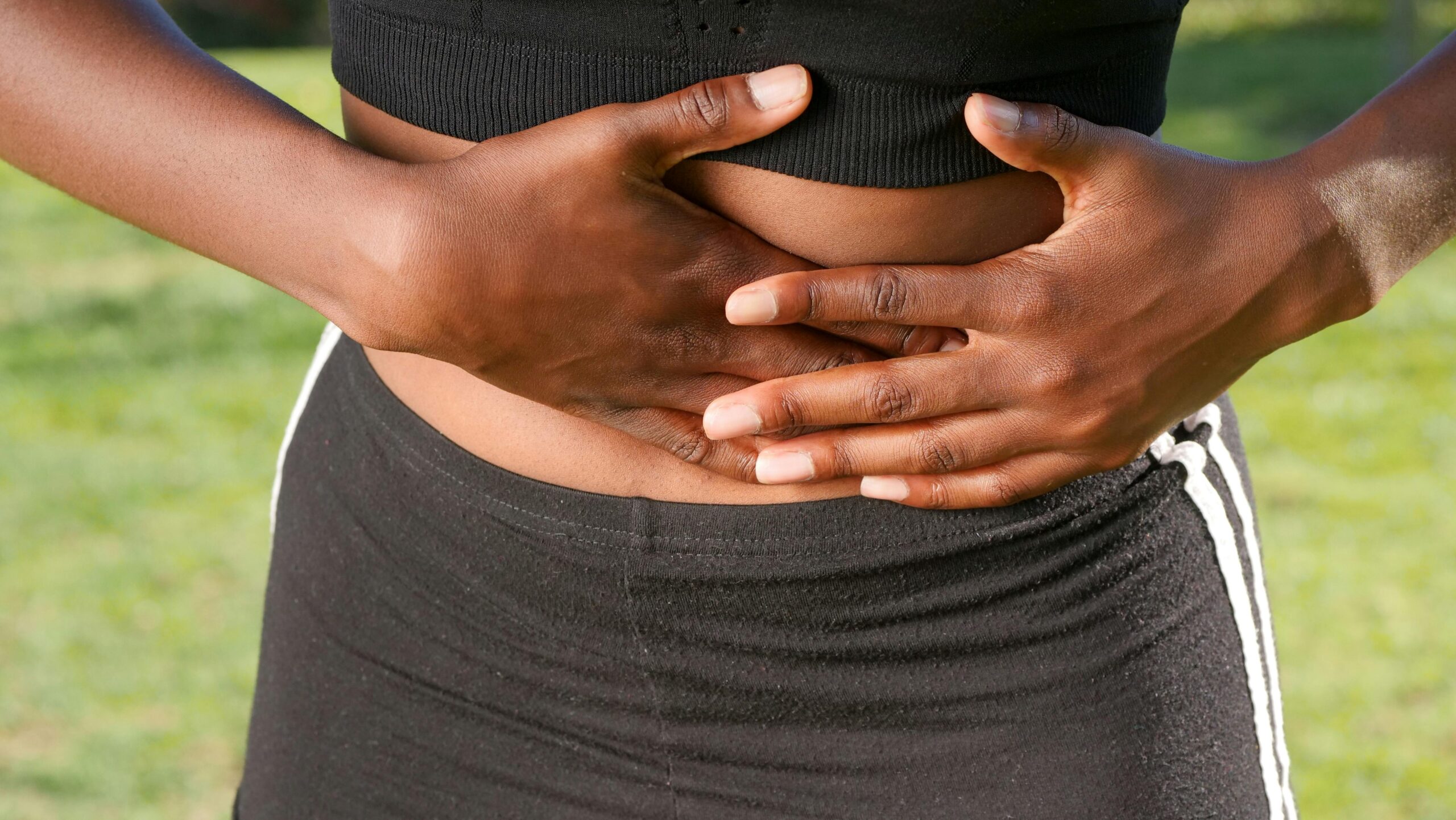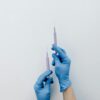Gallstones are surprisingly common, and in many cases, they’re harmless. But when they begin to cause symptoms – often quite painful ones – they can significantly impact quality of life and may require surgical intervention.
As a specialist surgeon based at Mediclinic Milnerton, gallbladder removal is a procedure I frequently perform. Many of the patients I see come to me initially for something else – typically referred for a gastroscopy to investigate what might be a peptic ulcer. But when I take a closer look at their symptoms, it typically points to gallstones. I’ll send the patient for an abdominal ultrasound, which usually confirms the diagnosis. Alternatively, patients are referred to me by their GP once gallstones have already been identified.
What Are Gallstones?
Gallstones are small, solid deposits that form in the gallbladder. They develop from substances in bile, such as cholesterol or bilirubin, and can range in size from a grain of sand to as large as an apricot.
Interestingly, most people who have gallstones never know it. These are what we call “silent” gallstones. In fact, around 80% of people with gallstones are asymptomatic, according to the American College of Gastroenterology. These cases are typically picked up incidentally, when investigating unrelated conditions. In such cases, we typically don’t intervene. However, if we identify a gallstone that’s larger than one centimeter, we do recommend removal of both the gallstone and the gallbladder, as these patients are at greater risk of developing symptoms or complications.
When Gallstones Cause Symptoms
Gallstones become problematic when they obstruct the flow of bile. The most common symptom is the sudden onset of severe upper abdominal pain, which can radiate to the back or the upper right side of the abdomen. Nausea and vomiting often accompany the pain, and these episodes are frequently triggered by meals – especially those high in fat.
It’s common for patients to experience these symptoms at night. They may wake up in intense pain, regularly needing to vomit to get some relief, although that doesn’t always help. Many patients come to the emergency room in severe distress and require pain management to settle the symptoms.
Additional signs can include jaundice (yellowing of the skin or eyes), fever, or pale, clay-colored stools. These are red flags indicating possible inflammation or infection of the gallbladder and warrant urgent medical treatment.
Why Do Gallstones Form?
Gallstones develop when the composition of bile becomes unbalanced. About 80% of gallstones are made of cholesterol, while the rest are pigment stones formed from calcium salts and bilirubin.
There are several risk factors for developing gallstones, including: being overweight or obese, eating a high-fat or high-cholesterol diet, rapid weight loss, being female, being over 40, pregnancy, having a family history of gallstones, and taking certain medicines, including those with high levels of estrogen.
Diagnosis and Treatment
Ultrasound is our first-line imaging tool to diagnose gallstones. If the findings are inconclusive and symptoms persist, an MRI scan can help provide more clarity.
Because the gallbladder is not essential for survival, surgical removal (cholecystectomy) is a very effective treatment. This can be done in one of two ways:
Laparoscopic (Keyhole) Surgery
This is the preferred method. It involves a few small incisions through which a camera and instruments are inserted. It’s minimally invasive, and most patients go home the same day and recover fully within about two weeks.
Open Surgery
This is used less often and involves a larger incision. Recovery can take six to eight weeks, and a hospital stay of a few days is usually required.
Life Without a Gallbladder
You can live a completely normal life without a gallbladder. Your liver will continue to produce bile, which will now flow directly into your digestive tract.
Some patients may experience mild bloating or diarrhea initially, particularly after eating fatty foods, but these symptoms typically improve within a few weeks. A balanced, low-fat diet is helpful during the recovery period.
If you’re experiencing persistent abdominal pain, especially after meals, it’s worth having it investigated. Early diagnosis and treatment can prevent complications and help you get back to feeling like yourself again.
Who Is The Author?
 Dr. Maré du Plessis is a specialist surgeon at Milnerton Mediclinic in Cape Town, where he performs a wide range of surgeries, including gastrointestinal and hernia surgeries, thyroid cancer and breast cancer surgery. He received a Bachelor of Medicine degree from the University of Pretoria in 2006.
Dr. Maré du Plessis is a specialist surgeon at Milnerton Mediclinic in Cape Town, where he performs a wide range of surgeries, including gastrointestinal and hernia surgeries, thyroid cancer and breast cancer surgery. He received a Bachelor of Medicine degree from the University of Pretoria in 2006.
He passed the College of Surgeons of South Africa examination in 2015 and achieved a Masters of Medicine (MMed) Degree in Surgery from the University of Stellenbosch. Since 2017 he has operated in private practice at Mediclinic Milnerton, where in 2022 he added an endoscopy suite to the practice. This enables patients to undergo gastroscopy and colonoscopy procedures in the rooms, with no need for hospitalization.
For more information, visit his website here.
Your gut health is very important.Read more about here
100-Year-Olds Have Superior Gut Health. Here’s How You Can Too



![women [longevity live]](https://longevitylive.com/wp-content/uploads/2020/01/photo-of-women-walking-down-the-street-1116984-100x100.jpg)










